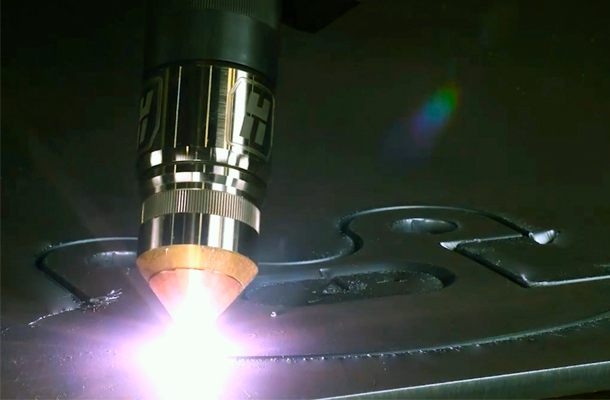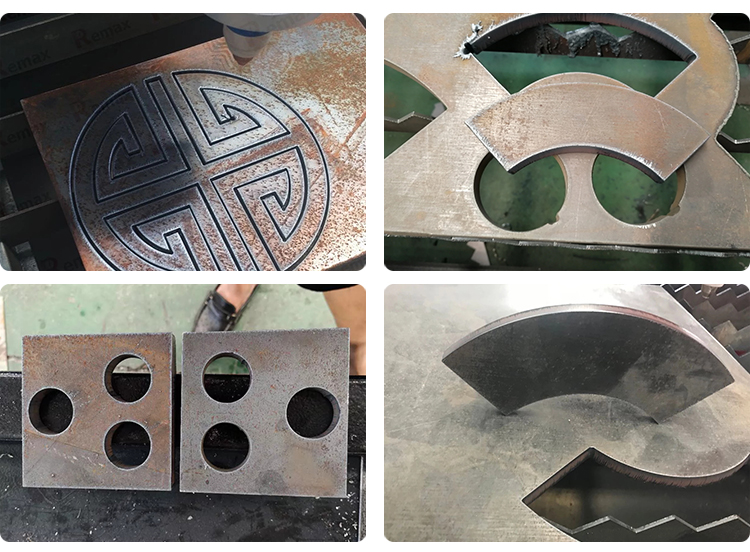Laser Knowledge
Plasma Cutting Safety Guide
Plasma cutting is a widely used method for cutting through various materials, including metal. While it is an efficient and versatile cutting technique, it also presents certain safety risks. To ensure your safety while performing plasma cutting operations, consider the following safety guidelines:
Plasma Cutting Safety Guide

- Personal Protective Equipment (PPE):
- Wear flame-resistant clothing, such as cotton or leather, to protect against sparks and heat.
- Wear safety glasses with side shields or a face shield to protect your eyes from UV radiation and flying debris.
- Use hearing protection if working in a noisy environment.
- Wear heat-resistant gloves to protect your hands from burns and cuts.
- Wear closed-toe shoes with non-slip soles to prevent slips, trips, and falls.
- Workspace Safety:
- Ensure proper ventilation to remove fumes and gases produced during cutting. Work in a well-ventilated area or use exhaust systems to remove smoke and fumes.
- Keep the work area clean and free of clutter to prevent trips and falls.
- Make sure the work surface is stable and secure to prevent material movement during cutting.
- Equipment Safety:
- Inspect the plasma cutter and accessories before each use to ensure they are in good working condition.
- Follow manufacturer’s guidelines for setup, operation, and maintenance of the plasma cutter.
- Use the appropriate consumables and cutting parameters for the material being cut.
- Keep the cutting torch and cables away from moving parts and sharp edges to prevent damage.
- Use a ground clamp to ensure proper grounding of the workpiece and prevent electrical shocks.
- Fire Safety:
- Have a fire extinguisher rated for Class D fires (metal fires) nearby and know how to use it.
- Keep flammable materials away from the cutting area.
- Have a fire watch person present during cutting operations to monitor for sparks and extinguish any fires immediately.
- Operator Safety:
- Keep your hands and body away from the cutting torch and workpiece during operation.
- Do not touch the workpiece immediately after cutting, as it may still be hot.
- Avoid distractions and maintain focus on the cutting process.
- Never cut overhead without proper support and safety measures in place.
- Emergency Procedures:
- Know the location of emergency exits, first aid kits, and other emergency equipment.
- In case of an accident or injury, stop work immediately and seek medical attention if needed.
- Report any equipment malfunctions or safety hazards to a supervisor or safety officer.
By following these safety guidelines, you can minimize the risks associated with plasma cutting and ensure a safe working environment for yourself and others. Always prioritize safety and take the necessary precautions to prevent accidents and injuries.

Plasma Cutting is a melting process in which a jet of ionized gas at temperatures above 20,000°C is used to melt and expel material from the cut. During the process, an electric arc is struck between an electrode (cathode) and the workpiece (anode). The electrode is recessed in a water- or air-cooled gas nozzle which constricts the arc causing the narrow, high temperature, high velocity plasma jet to form. When the plasma jet hits the workpiece, recombination takes place and the gas reverts to its normal state, emitting intense heat as it does so. This heat melts the metal and the gas flow ejects it from the cut. Plasma gases are usually O2, argon, argon/hydrogen or nitrogen. These inert gases can be replaced by air but this requires a special electrode of hafnium or zirconium. Use of compressed air makes this variant of the plasma process highly competitive with the oxy-fuel process for cutting carbon-manganese and stainless steels up to 20mm thick. Inert gases are preferred for high quality cuts in reactive alloys.

IGOLDEN BLOG
Thank you for visiting the iGOLDENCNC website. iGOLDENCNC is the professional supplier of CNC machinery application solution, within the business of producing and selling CNC machinery and accessories.